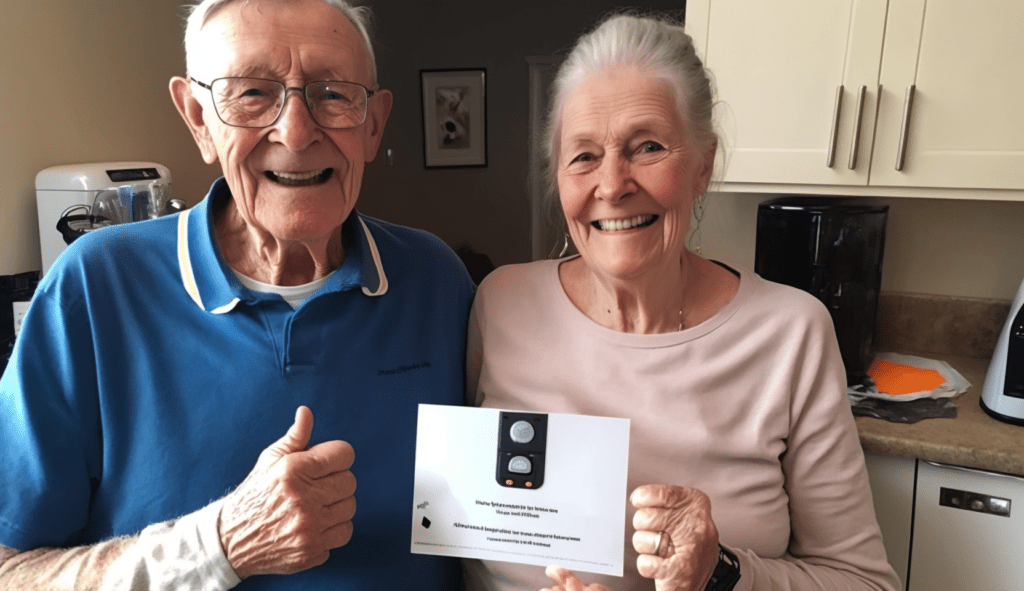Delight and Amaze Customers: Aligning Operations with Customer Service Excellence
At the Mandarin Oriental hotel in Miami, customer service is not just a department, it’s a philosophy that is embraced by all employees. One of my good friends, who happened to work as a bartender, took the hotel’s customer service philosophy to a whole new level by finding unique and creative ways to delight and amaze customers. It was through their example that I learned about the hotel’s commitment to exceptional customer service. My friend would anonymously send special gifts to hotel guests’ rooms nightly, as a way of making up for any complaints or to simply brighten up their day. The results were not only a resolution to issues and happy customers, but also a passionate employee who was proud to be part of an organization that truly cared about its customers. She would post about these experiences on social media and boost of Mandarin Oriental’s service quality. This employee’s stories of exceptional customer service were shared with enthusiasm, showcasing the power of empowering employees to take care of customers.
Delighting and amazing customers is a wonderful feeling for any organization and its team – it is a celebration and should be announced. It’s the type of customer service that creates loyal customers who come back again and again. Delighting customers goes beyond just meeting their basic needs and expectations. It’s about creating a unique experience that will make customers feel valued and appreciated. When customers are delighted, they become loyal brand advocates who will spread the word about the organization and its products or services. My father was always a shining example of excellent customer service. Before a big storm hit South Florida, he would take the initiative to call all his loyal customers and offer them help to prepare their properties for the storm at no additional charge. Seeing how this simple act of kindness helped many people and solidified their loyalty to our business was amazing.

So, what gets in the way of this happening all the time?
Often, it’s a lack of alignment within the organization’s operations and processes. When employees are not empowered or appropriately trained to deliver outstanding service, it becomes challenging to delight customers consistently. I’ve been in corporate marketing meetings where the focus was solely on acquiring new customers through cheap tactics like leaving door hangers (trash) or handing out useless trinkets (more trash) instead of discussing improving our services for existing customers to decrease churn and attracting more organic leads (value). It felt like they were trying to meet quotas and spend marketing dollars without truly understanding the importance of customer intimacy in the industry. The people in the room were more concerned with proving their marketing power but needed to be more knowledgeable about the fundamental role of creating a solid customer experience. It was disheartening to witness such a narrow-minded approach to marketing.
However, with the right culture and processes, organizations can create an environment where every team member is empowered to go above and beyond to delight customers. Organizations that design their operations around the needs of their customers and empower all employees to serve customers are more likely to succeed in this environment. However, misalignment in operations and processes can be detrimental to customer service and, ultimately, the organization’s success.
Research has shown that organizations that prioritize customer service and align their operations with this goal are more likely to achieve higher customer satisfaction and loyalty levels. According to a study by PwC, 73% of consumers consider customer experience an important factor in their purchasing decisions, and 42% would pay more for a friendly, welcoming experience. In contrast, poor customer service can have significant negative impacts on a business, with 55% of customers telling others about their bad experiences and 45% of customers abandoning a company due to poor service.
Employee Engagement & Service Quality
One key element of successful customer service is empowering all employees to serve customers, not just those in customer-facing roles. A study by Gallup found that organizations with high employee engagement levels have 10% higher customer satisfaction ratings than organizations with low engagement levels. Empowering employees to make decisions and take ownership of the customer experience can also lead to faster resolution of customer issues, increased efficiency, and improved employee morale.

Misalignment in operations and processes can create barriers to providing excellent customer service. For example, if different departments within an organization have different approaches to customer service, this can result in inconsistent customer experiences. This can be particularly problematic in the case of customer service channels, where other departments may manage different channels such as phone, email, social media, or in-person interactions. In addition, inconsistent service can harm the company’s reputation and lead to mistrust among employees, which can ultimately impact customer satisfaction.
When a new CFO was hired at my company, one of the things he wanted to do was stop servicing accounts that were more than 90 days delinquent on their monthly bill. Although aligned with the finance department’s goals of reducing AR and bad debt, this approach seemed shortsighted and needed more empathy for our long-term customers who may have been experiencing difficult times. So I took matters into my own hands and reached out to these customers to see if there was anything we could do to help. One of the spouses who handled the bills had passed away, and the family struggled to manage their finances. I expressed my condolences and offered assistance with anything they needed without even mentioning the delinquent bill. As a result of this approach, we could keep servicing the customer, and eventually, they paid their invoice in full. It was a reminder that sometimes, being a good listener and showing empathy can make all the difference.

Prioritizing Long-Term Customer Satisfaction
Another example of misalignment is when a company prioritizes short-term revenue over long-term customer satisfaction. For instance, hiring retention specialists to prevent cancellations rather than keep customers happy can create conflict and frustration for customers who may feel like their concerns need to be heard. Additionally, if employees are evaluated based on retention statistics rather than service quality, they may be incentivized to stonewall customers who want to cancel rather than provide exceptional service.
As Baymax from the movie “Big Hero 6” would say, “Are you satisfied with your care?” – it’s not just about closing the loop on a transaction but also about showing customers that we genuinely care about their well-being. Prioritizing long-term customer satisfaction requires a shift from focusing solely on immediate gains to considering the long-term value of happy customers. Satisfied customers are more likely to return, refer others, and leave positive reviews. On the other hand, dissatisfied customers can lead to negative word-of-mouth, lost business, and damage to the company’s reputation.
In conclusion, organizations that prioritize customer service, align their operations around customer needs and empower all employees to serve customers are more likely to succeed in today’s competitive business environment. Research shows that providing excellent customer service can increase customer satisfaction, loyalty, and revenue. However, misalignment in operations and processes can create significant barriers to delivering excellent customer service. Therefore, companies that align their operations with their customer service goals and empower their employees are better positioned to succeed in today’s business landscape.
For more on this topic, listen to this conversation about Customer Engagement in Service Oriented Organizations:
